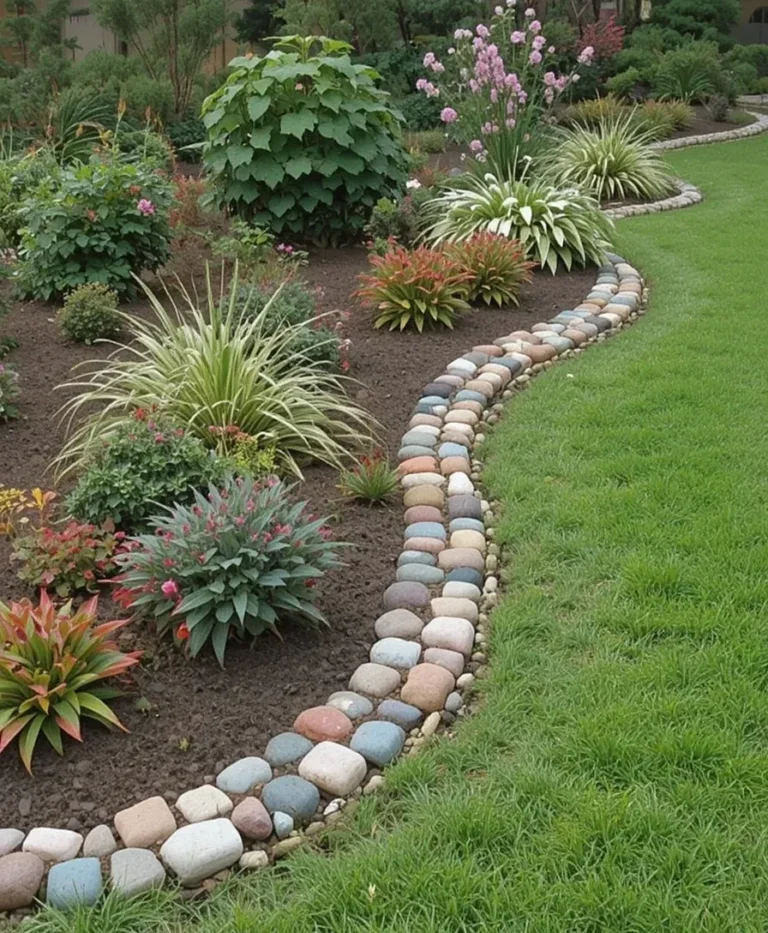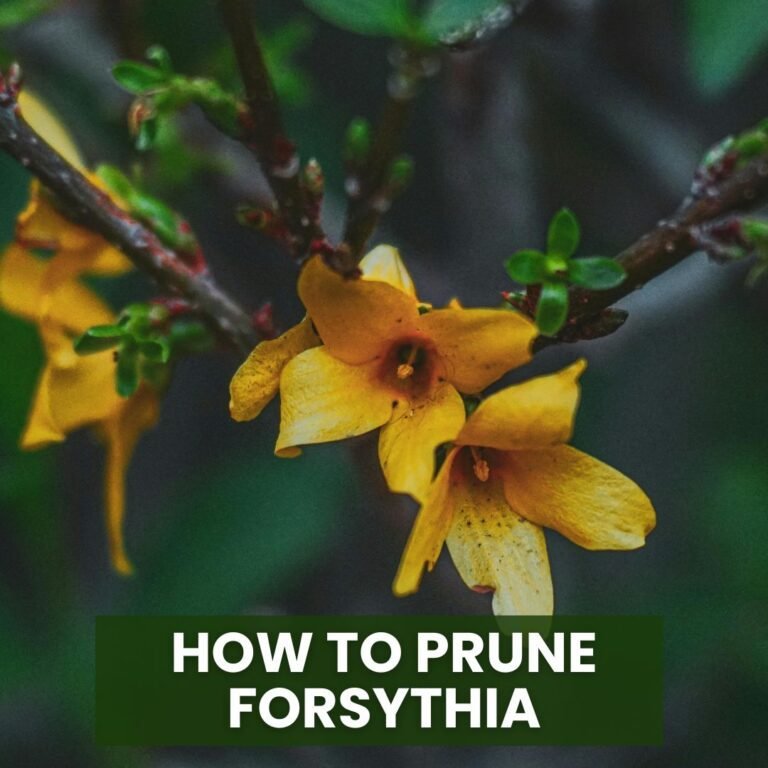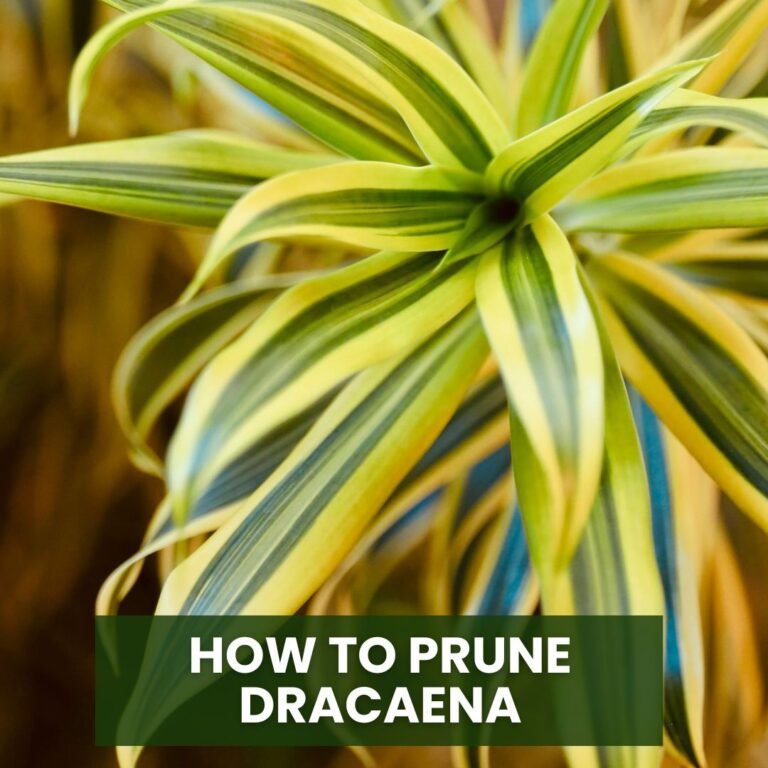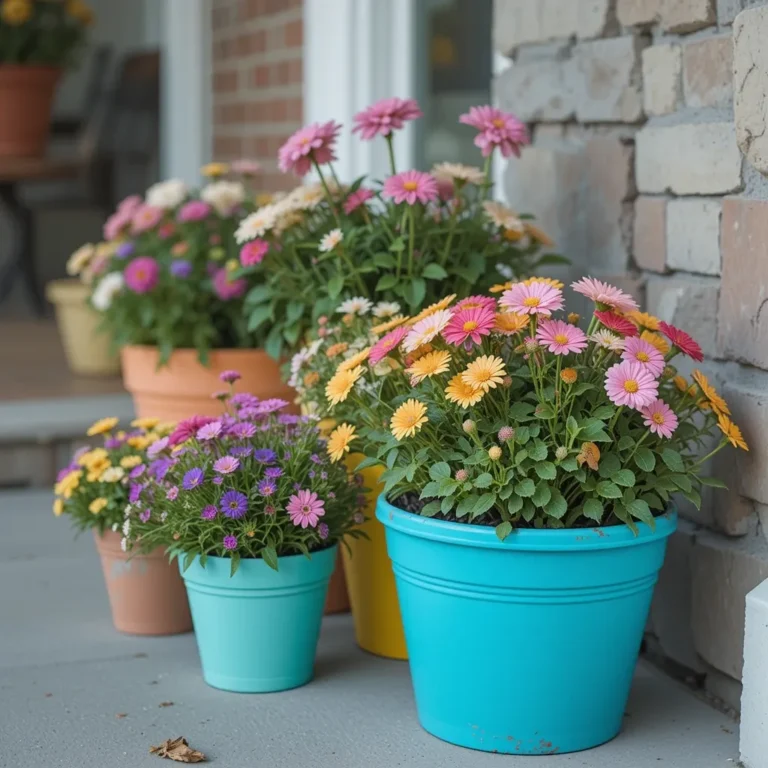How to Prune Tomato Plants: Step-by-Step Guide for Maximum Growth and Yield
Tomatoes are one of the most popular and rewarding garden plants, but without proper care, they can become overcrowded, produce fewer fruits, and be more prone to diseases.
Pruning tomato plants helps increase airflow, promote healthier growth, and boost fruit production. Whether you grow determinate or indeterminate varieties, knowing how to prune tomato plants is essential for a thriving garden.
This step-by-step guide is designed for US gardeners to achieve maximum results with minimal effort.

Step 1: Understand the Type of Tomato Plant
Before pruning, identify whether your tomato plant is determinate (bushy, stops growing after reaching maturity) or indeterminate (continues growing and producing fruit throughout the season). Indeterminate tomatoes require more pruning to manage growth, while determinate types need only light trimming to avoid overcrowding.
Step 2: Gather the Right Tools
Use clean, sharp pruning shears or scissors to make precise cuts. Sterilize your tools with rubbing alcohol before starting to prevent spreading diseases. Avoid tearing stems, as jagged cuts can stress the plant.
Step 3: Remove Lower Leaves
Start by removing the bottom 6–12 inches of leaves from the stem. These lower leaves are most likely to touch the soil, which can introduce disease and pests. Removing them also improves airflow around the base.
Step 4: Pinch Off Suckers
Suckers are small shoots that grow in the junction between the main stem and a branch. For indeterminate varieties, pinch or cut these suckers to direct the plant’s energy toward fruit production instead of extra foliage. Determinate plants can keep some suckers to maintain bushy growth.
Step 5: Trim Yellow or Diseased Leaves
Inspect the plant for yellowing, wilting, or damaged leaves. Cut these off immediately to prevent disease from spreading and to help the plant focus energy on healthy leaves and fruits.
Step 6: Prune for Airflow and Sunlight
Remove leaves or branches that block sunlight from reaching the fruit or inner stems. Good airflow prevents fungal diseases and ensures even ripening of tomatoes. Focus on thinning out dense clusters without removing too much foliage.
Step 7: Shape the Plant
Aim for a single-stemmed, upright structure for indeterminate tomatoes. Use stakes, cages, or trellises for support and tie the main stem gently with soft ties. Maintaining a structured shape helps maximize fruit production and keeps the plant manageable.
Step 8: Remove Extra Flowers if Needed
For very crowded plants, remove some flowers at the top of the plant. This prevents the plant from overproducing and ensures remaining fruits grow larger and healthier.
Step 9: Prune Continually
Pruning is not a one-time task. Check your tomato plants weekly to remove new suckers, damaged leaves, and overcrowded stems. Consistent pruning promotes long-term plant health and higher yields.
Step 10: Mulch and Water After Pruning
After pruning, apply a layer of mulch around the base of the plant to retain soil moisture and prevent disease. Water deeply to help the plant recover and continue growing strong.
Helpful Tips for Pruning Tomato Plants
-
Don’t over-prune: Removing too many leaves can stress the plant and reduce photosynthesis.
-
Prune in the morning: This helps cuts heal quickly and reduces the risk of fungal infection.
-
Use soft ties for support: Avoid damaging stems when staking or tying.
-
Clean tools between plants: Prevents spreading diseases from one plant to another.
-
Harvest while pruning: Pick ripe fruits when trimming to reduce plant stress.
Final Thoughts
Pruning tomato plants is a key practice for maintaining healthy growth, better airflow, and larger fruit yields. By following these step-by-step instructions, you can remove unwanted leaves and suckers, shape your plant, and keep it thriving throughout the season. Regular care, proper tools, and consistent monitoring ensure your tomatoes stay productive and disease-free. Proper pruning turns an ordinary tomato plant into a high-yield, beautiful garden centerpiece.






